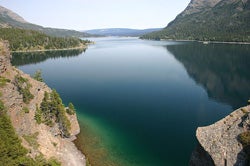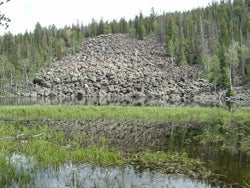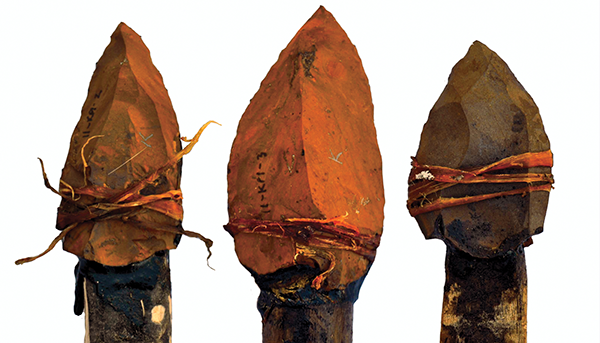
To be buried or not to be, that is the question
You stare out over an African grassland. It is made up of grasses two to three feet tall, a few trees, and a river running through the flat valley into a small lake. Crocodiles, fish, and hippos are a few of the lake inhabitants. Close to the riverbank, a group of lions are eating dinner, while some hyenas lounge under the shade of a tree waiting for any of the lions’ scraps. Dotting the landscape are zebras, giraffes, and elephants grazing on any tasty plants they come across. If this scene was frozen in time, only some of these animals would become a part of the fossil record. What largely determines this is where the bones end up on that landscape and how long they remain there before they are moved or buried.
 Bones can break down to become a part of the soil, but some may be preserved below the surface. What determines the fate of these bones? Bones can be preserved if they were buried and left undisturbed or if they happened to end up in specific environments that protected them. Bones that are left on the surface for too long will be broken up by the weather or by animals walking on them.
Bones can break down to become a part of the soil, but some may be preserved below the surface. What determines the fate of these bones? Bones can be preserved if they were buried and left undisturbed or if they happened to end up in specific environments that protected them. Bones that are left on the surface for too long will be broken up by the weather or by animals walking on them.
The fate of a bone can be determined by what depositional environment it ends up in. There are several kinds of depositional environments including rivers, lakes, beaches, deltas, glaciers, or wind-blown sediment (sand dunes). Each depositional environment has a different rate of burial. It also has different wind or water currents that can move objects like rocks and bones. The strength and speed of the wind and water is known as the transport energy of an environment.
 Bones that end up in low-energy environments where the current is very slow, like a lake or a delta, will have a lower chance of being broken up. High-energy environments, like a fast flowing river or a mountain side where rockslides occur, are more likely to break fossils down into small pieces. This would lessen the chance for preservation.
Bones that end up in low-energy environments where the current is very slow, like a lake or a delta, will have a lower chance of being broken up. High-energy environments, like a fast flowing river or a mountain side where rockslides occur, are more likely to break fossils down into small pieces. This would lessen the chance for preservation.
 Another factor is the length of time the bones are exposed to water currents. Even though floods can be fast and turbulent, they deposit a lot of sediment fast. This means that whatever bones would have been sitting on the ground quickly got buried and protected. Fast deposition can occur on floodplains, next to rivers where sediments pile up when the river floods.
Another factor is the length of time the bones are exposed to water currents. Even though floods can be fast and turbulent, they deposit a lot of sediment fast. This means that whatever bones would have been sitting on the ground quickly got buried and protected. Fast deposition can occur on floodplains, next to rivers where sediments pile up when the river floods.
Be Part of
Ask An Anthropologist
By volunteering, or simply sending us feedback on the site. Scientists, teachers, writers, illustrators, and translators are all important to the program. If you are interested in helping with the website we have a volunteers page to get the process started.

